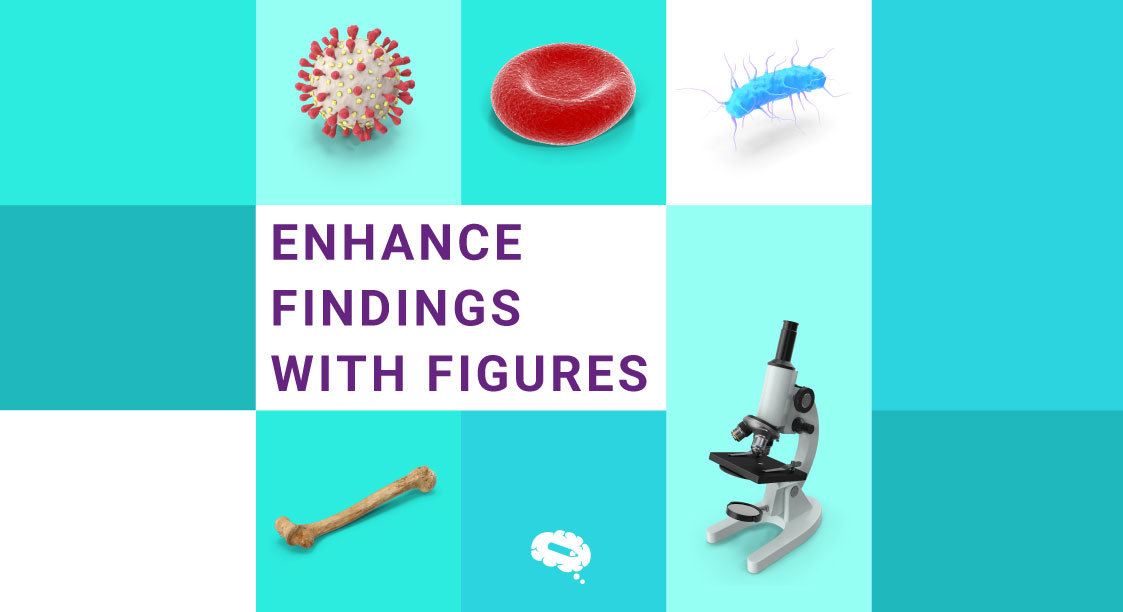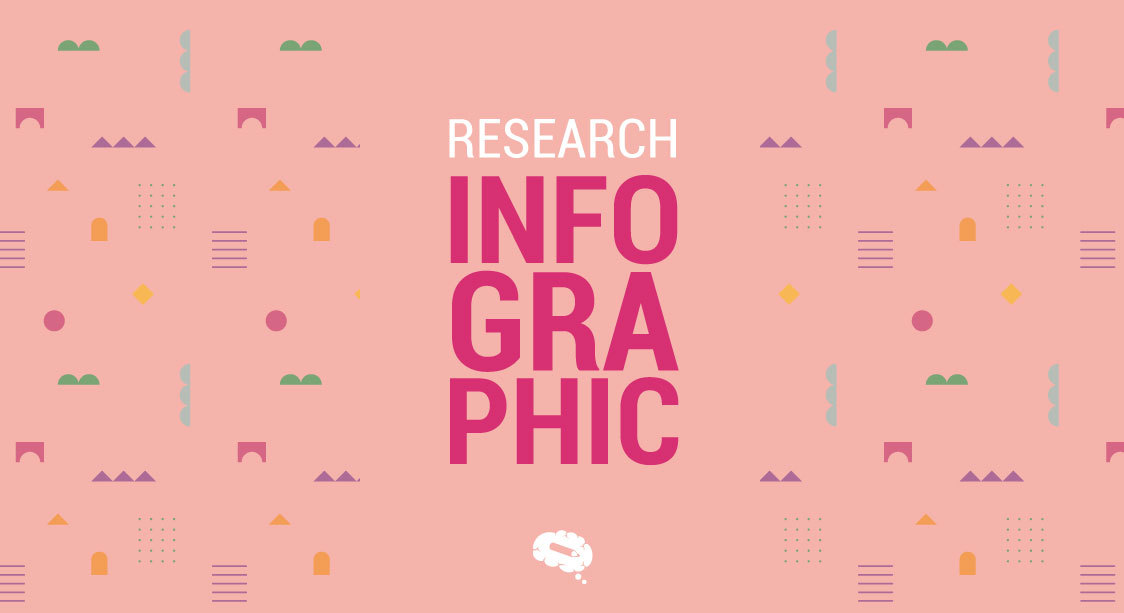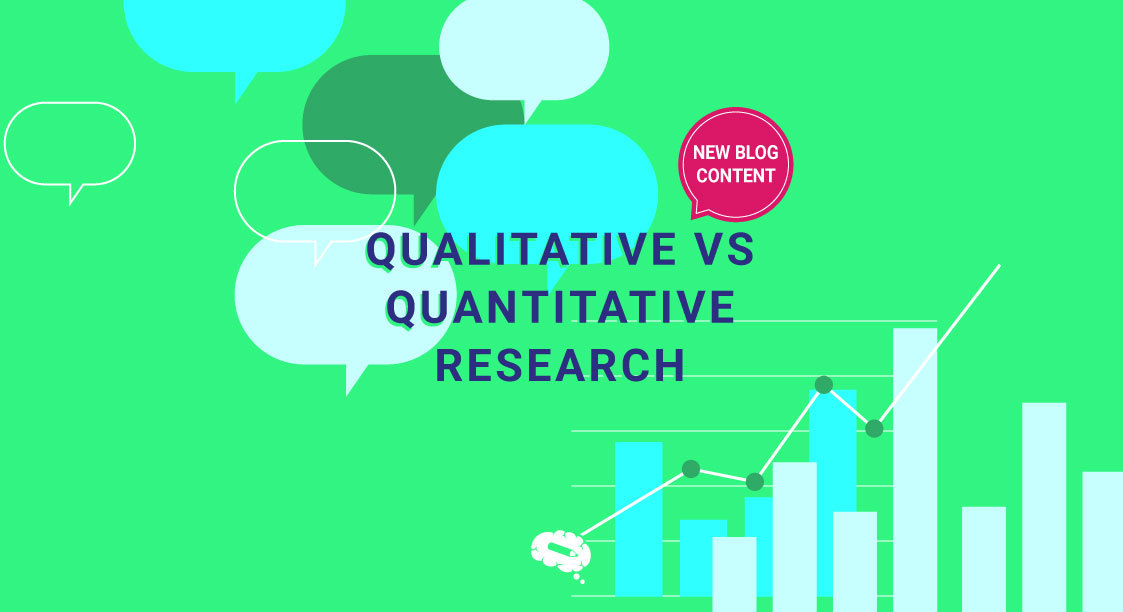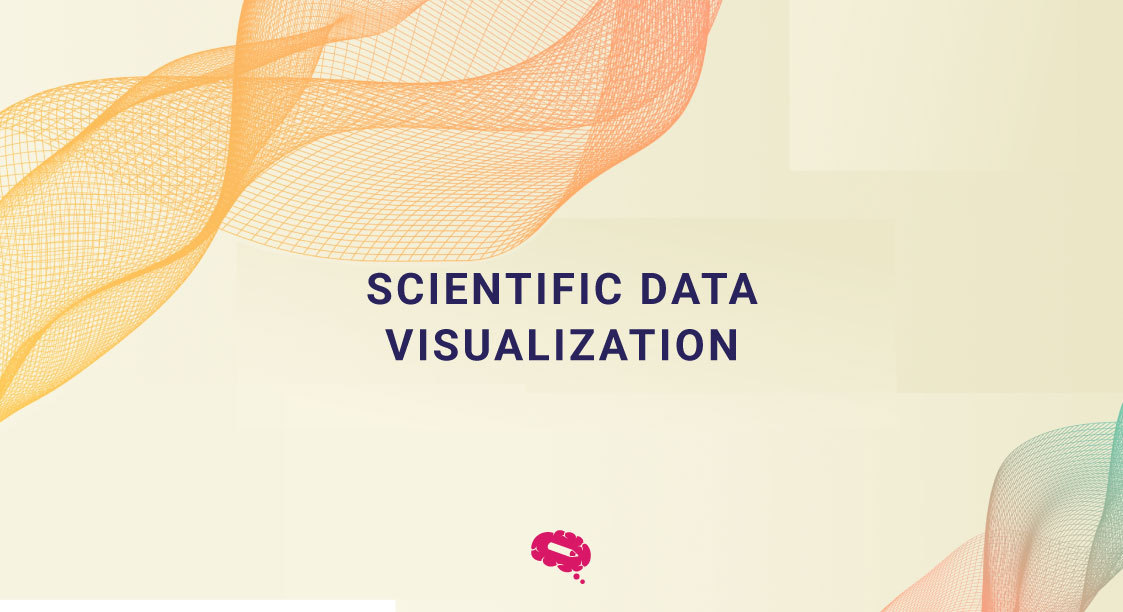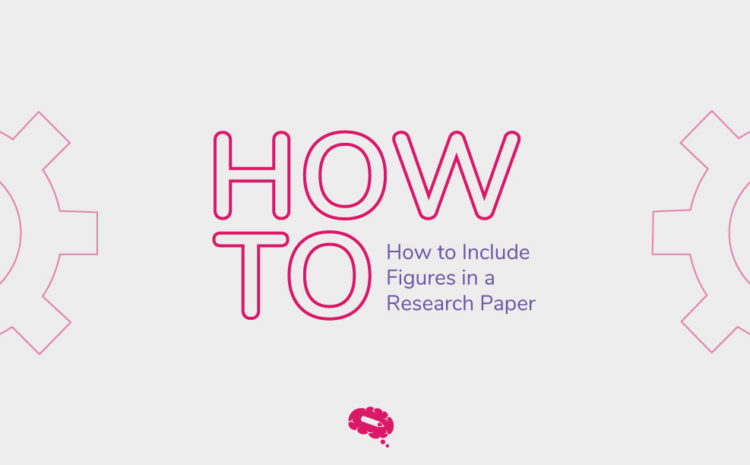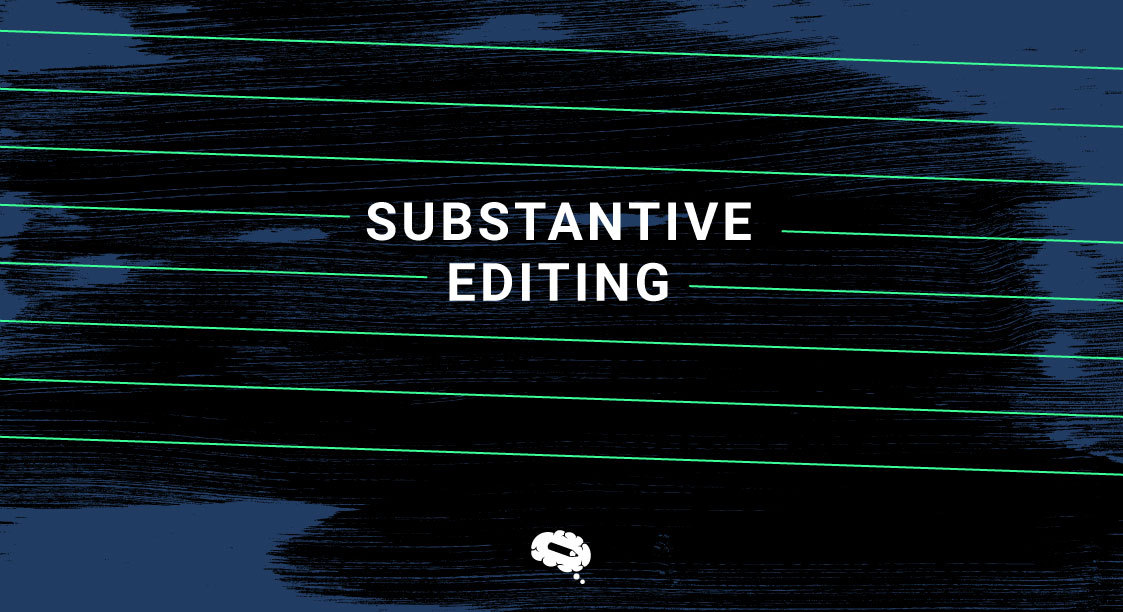Visuals have the power to break language barriers and make scientific exploration more accessible to everyone. Using visual elements can help to present complex data clearly and concisely making it more accessible and understandable to readers. These visual aids allow researchers to convey trends, and patterns in a visually engaging manner, facilitating reader comprehension and interpretation of the research findings. This article explains how using figures, such as figures, tables, charts, and graphs, can enhance research results, making complex data easier to understand.
Enhance Findings With Figures
Figures are a powerful tool for enhancing research findings. They can be used to present data in a clear and concise way, show trends and patterns in data, compare different sets of data, explain complex concepts, and make research papers more visually appealing.
When choosing figures, it is important to consider the type of data being presented, the purpose of the figure, the audience for the figure, and the formatting of the figure. It is also important to label all figures clearly and concisely, including the figure number, the title of the figure, and any other necessary information.
Also read: Research Infographic to Communicate Science in a Visual Way
Here are some tips to enhance findings with figures in research papers:
- Use high-quality images or graphs.
- Make sure the figures are large enough to be easily seen.
- Use clear and concise labels for all figures.
- Place figures near the text that they refer to.
- Use a legend to explain any symbols or abbreviations that are used in figures.
The Significance Of Figures In Research
In research, there are Qualitative Studies and Quantitative Studies, each exploring different aspects of data. Visual elements, like charts and graphs, are vital in both types of studies. They help transform complex data into easy-to-understand visuals, making research findings accessible to a wider audience.
Qualitative Studies
Qualitative studies are a form of research that explore and understand complex phenomena in-depth. Qualitative research focuses on gathering non-numerical data through methods like interviews, focus groups, observations, or content analysis. The primary goal of qualitative studies is to gain rich insights into participants’ perspectives, experiences, and behaviors. Researchers immerse themselves in the data, seeking to identify patterns, themes, and underlying meanings. The data collected in qualitative studies is often textual or visual, and the analysis involves a meticulous process of coding and interpreting the data. The results are presented through narrative descriptions and quotations, providing a comprehensive understanding of the research subject.
Quantitative Studies
Quantitative studies are concerned with objective measurement and numerical data analysis. These studies use structured data collection methods such as surveys, experiments, or secondary data sources. The data is statistically analyzed to identify patterns, correlations, and significant relationships between variables. Quantitative research often involves large sample sizes, and researchers use statistical techniques to draw generalizable conclusions from the data. The findings in quantitative studies are presented in the form of tables, charts, graphs, or statistical summaries, offering a clear and concise representation of the results.
Related article: What’s the Difference: Qualitative vs Quantitative Research?
The Role Of Figures In Enhancing Findings
Figures play a fundamental role in enhancing the presentation and understanding of research findings in both qualitative and quantitative studies. In qualitative research, figures such as thematic maps, concept diagrams, or word clouds provide visual representations of the emerging themes and patterns in the data. These visualizations help researchers identify the interconnectedness of ideas and support the storytelling process by highlighting the most significant findings.
In quantitative studies, figures such as bar charts, line graphs, or scatter plots are invaluable tools for visualizing numerical relationships and trends. These visual representations make it easier for readers to interpret statistical findings, compare data points, and comprehend complex statistical analyses. Figures in quantitative research facilitate the communication of key results, enabling researchers to emphasize important patterns and draw attention to significant outcomes. Furthermore, interactive figures, such as dynamic data visualizations, allow users to explore the data more closely, empowering them to draw their insights and conclusions from the research findings.
In both types of studies, figures serve as powerful aids in enhancing the overall research communication process. Whether conveying nuanced qualitative insights or presenting statistical results, well-designed figures enable researchers to captivate their audience, facilitating better understanding, engagement, and knowledge dissemination.
Effective Use Of Tables In Research Papers
The effective use of tables in research papers is a crucial aspect of presenting complex data in a clear and organized manner. Tables are potent tools for summarizing large datasets, comparing information, and presenting numerical results concisely. Below are some of the benefits of using tables:
Organizing and Summarizing Data: Tables are ideal for organizing and summarizing large amounts of data, especially when presenting survey results, experimental findings, or statistical data. By structuring data into rows and columns, tables provide a systematic and coherent presentation, allowing readers to quickly and easily understand the essential information.
Facilitating Data Comparison: Tables facilitate the comparison of data from different sources, groups, or periods. Researchers can use tables to present side-by-side comparisons, enabling readers to easily identify patterns, trends, and variations. This helps in drawing meaningful insights and highlighting key findings.
Presenting Complex Relationships: Complex relationships and interactions between variables can be effectively represented in tables. For instance, in multi-factor experimental designs, tables can display the results of interactions between multiple independent variables, making it simpler for readers to understand the relationships between different factors.
Supplementing Textual Explanations: Tables complement the textual content of research papers by providing a concise and visual representation of data. They act as a supplement to the narrative, presenting information in a way that is more accessible and reader-friendly.
Conveying Precise Numeric Data: Tables are handy when precise numeric data needs to be communicated. They allow researchers to present exact values, percentages, or other quantitative information accurately, avoiding potential rounding errors that may occur in the narrative text.
Reducing Repetition: Tables can reduce the need for repetition in the main text. Instead of repeatedly mentioning specific data points or results, researchers can refer readers to the corresponding table, thereby streamlining the presentation of information.
Effective Use Of Figures In Research Papers
The effective use of figures in research papers is essential for helping the presentation and comprehension of complex information. Here are some applications of figures in a research paper:
Visualizing Data Trends and Patterns: Figures are potent tools for presenting data trends, patterns, and statistical relationships. Graphs and charts, like line plots, bar graphs, and scatter plots, offer clear and concise depictions of numeric data, enabling readers to identify correlations and draw insights effortlessly. Visualizing data through figures allows researchers to communicate their findings more effectively.
Clarifying Complex Concepts: Figures are particularly useful for clarifying complex concepts or processes. Diagrams and flowcharts can break down intricate systems, experimental setups, or theoretical models into easy-to-understand visual representations. By presenting these visual aids alongside textual explanations, researchers can reinforce understanding and minimize potential confusion.
Enhancing Comparative Analysis: Figures aid in comparative analysis, helping researchers present side-by-side comparisons of different groups, experimental conditions, or time periods. Figures, like stacked bar charts or grouped histograms, allow readers to assess variations and differences visually, promoting a deeper understanding of the research outcomes.
Conveying Geographic Information: Maps and geographical visualizations are invaluable for studies involving spatial data or location-based research. They can display distribution patterns, regional variations, or the impact of interventions across geographic areas, providing valuable insights to readers.
Supporting Qualitative Insights: Figures are not limited to quantitative data; they can also support qualitative research. Visual elements like thematic maps, word clouds, or concept diagrams offer innovative ways to present themes, qualitative findings, or textual content in a visually engaging manner.
Emphasizing Key Findings: Figures serve to highlight key findings and important results in research papers. Researchers can use figures to draw attention to critical data points or highlight significant trends, guiding readers to the most pertinent information within the paper.
Improving Overall Readability: Well-designed figures break up dense textual content and improve the overall readability of research papers. Visual elements provide visual relief, allowing readers to absorb information more easily and encouraging engagement with the paper’s content.
Also read: Table versus Figure: Learn When To Use Each Of Them
How To Use Tables In Research Papers
Using tables in research papers is the practice of presenting data, information, or results in a tabular format to organize, and clarify. Tables are an effective way to condense large amounts of data and present it in a structured and easy-to-understand manner.
The Elements Of Tables
A well-structured table consists of three key elements: the title, column titles, and table body. The title acts as the “topic sentence” of the table, providing a clear and descriptive overview of its content. Concise column titles simplify the table, guiding the reader’s attention sequentially from the title to the column headings. A well-organized table body is where the numerical or textual data is presented, ensuring that elements are read from top to bottom, not across.
Creating Effective Tables
Properly creating tables involves using programs like Excel to design the layout and format the content neatly. Clutter-free tables with consistent font styles and sizes increase readability. It is essential to avoid text wrapping, ensuring that the table remains well-organized and visually appealing.
Related article: Scientific Data Visualization: Learn How to Enhance Your Research
Using Figures In Research Papers
When choosing a figure, consider what would be easiest for the reader to understand and present the data in the most effective way. For example, photographs can be useful for showing spatial relationships. To ensure clarity, number figures and provide descriptive titles or captions. Captions should be concise, placed under the figure, and aligned to the left. Choose simple and easily understandable images, considering size, resolution, and visual attractiveness. Remember to include any necessary information, such as legends, to help the reader understand the figure fully. In manuscripts, illustrations are numbered separately from tables, maintaining a clear and organized presentation of the research findings.
For more information about how to use figures in a research paper, read this article: How to Include Figures in a Research Paper
120% Growth In Citations For Articles With Infographics
Mind the Graph platform offers scientists a user-friendly and innovative way to enhance their research visibility and impact. With a remarkable 120% growth in citations for articles incorporating infographics, the platform has proven its effectiveness in revolutionizing scientific communication. Researchers can create captivating and informative infographics, charts, and graphical abstracts using the platform’s extensive library of templates and illustrations. These visually appealing elements help scientists communicate complex concepts and findings in a more accessible manner, making their research more appealing to a wider audience.

Subscribe to our newsletter
Exclusive high quality content about effective visual
communication in science.

